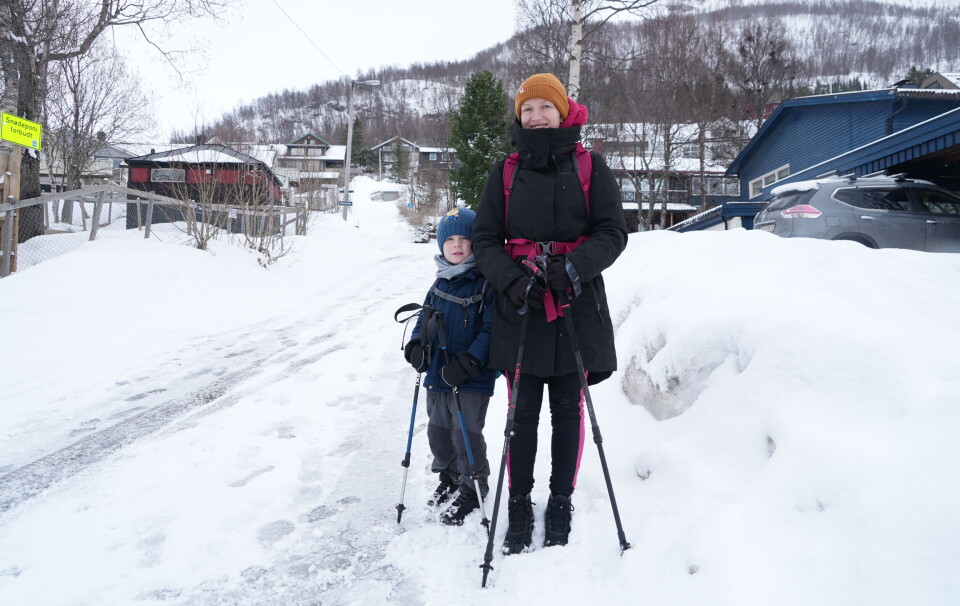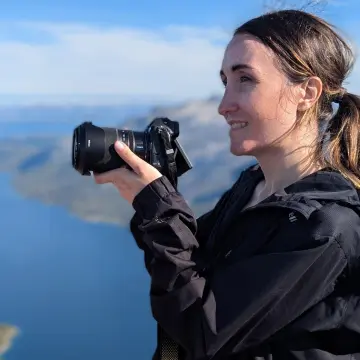Tourism
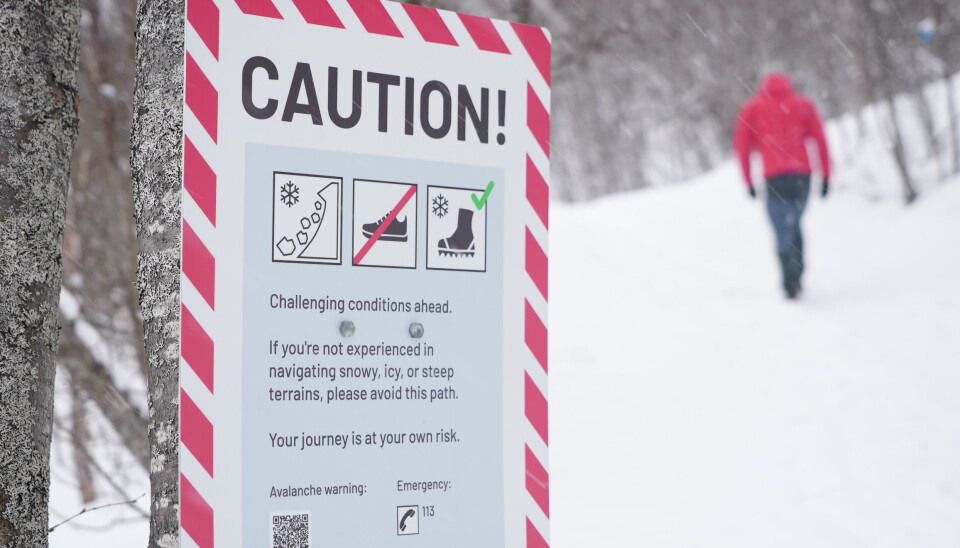
"People crash into trees and get broken bones"
The most famous hiking trail in Tromsø is not as harmless as it seems.
One of the most popular walking routes in Tromsø -Sherpatrappa - (Sherpa stairs) is about 1,1 kilometers long, 700 meters of which consists of 1,200 steps. Those steps are ice- and snow-covered in winter.
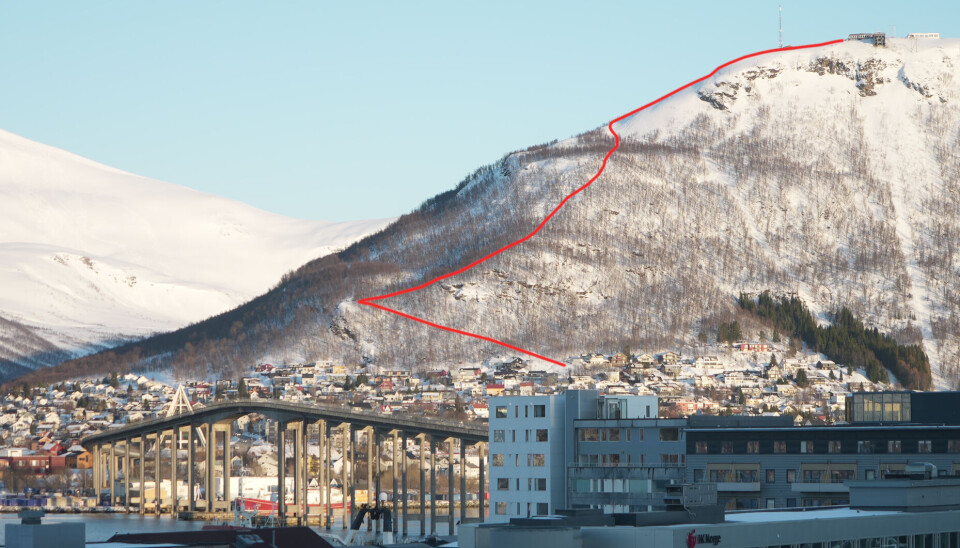
Located in the city, it's easily accessible and offers a seemingly simple hike up the local hill, Fløya, for a beautiful view of the city with its iconic Arctic Cathedral.
"At first, we just wanted to visit the Arctic Cathedral. But then we saw someone going in the direction of Sherpatrappa. And we thought we could give it our best shot," Joonell from Malaysia told the Barents Observer after their descent. But Joonell and her partner Wilson didn't make it to the top and had to turn back halfway through their spontaneous hike:
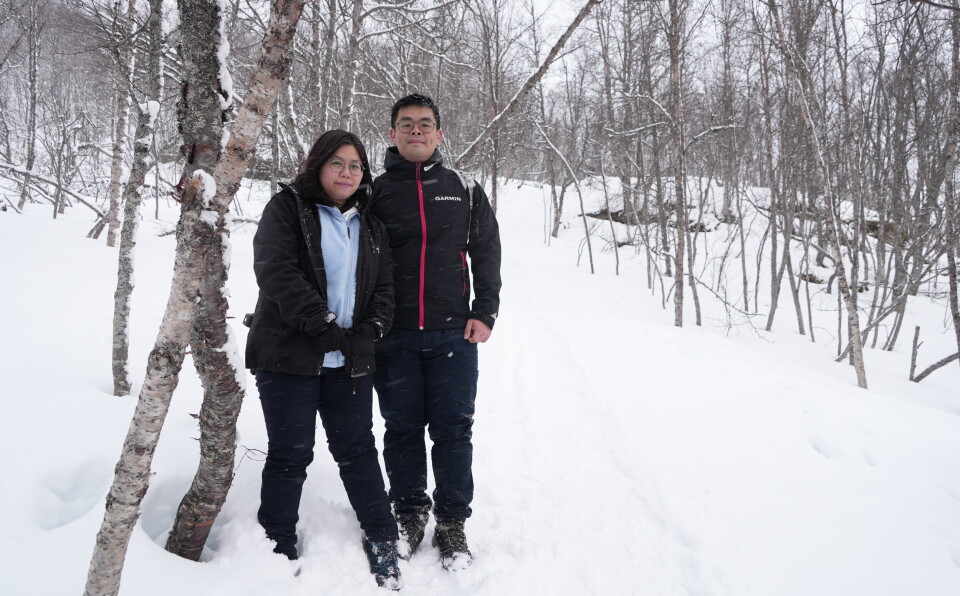
"It was too slippery. We didn't want to risk going up. We're tourists, we didn't want to cause any trouble," said Wilson.
Simon Møllebakken, head of the Tromsø Red Cross rescue team, points out that it is becoming more common for tourists to underestimate the danger of the route, not only in winter, but also in the spring when snow and ice are still on the trail.
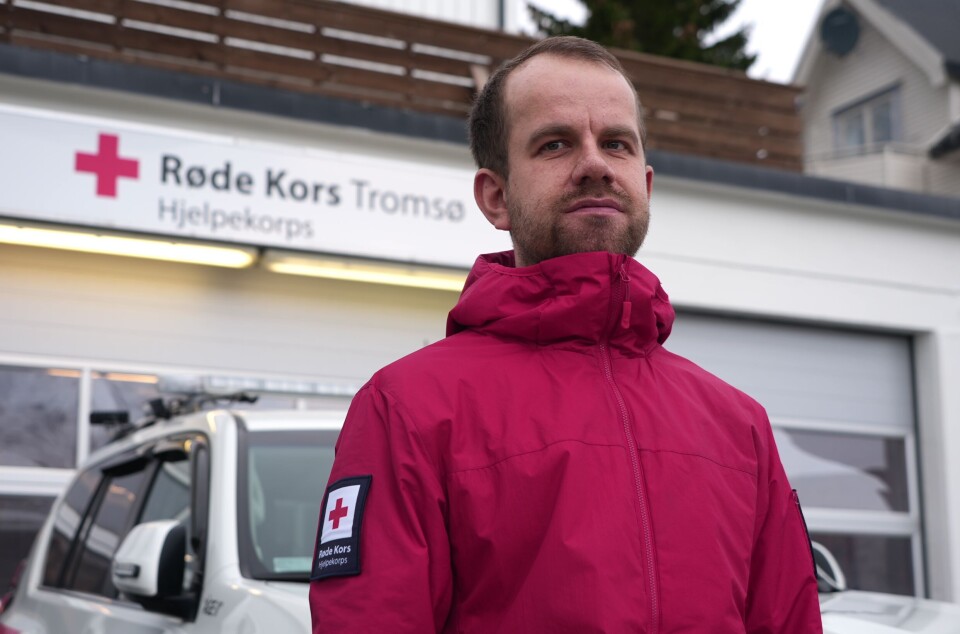
With the lift to the mountain closed for maintenance until June 2025, many more people than usual are now trying to reach the top on foot. As northern Norway experiences a boom in tourism, the Red Cross is concerned that visitors should be better informed about the dangers of Arctic tourism:
"When the locals in Tromsø go up the Sherpatrappa, they usually have spiked shoes and Gore-Tex clothing. But tourists often don't have the necessary clothing to do it,” said Simon Møllebakken.
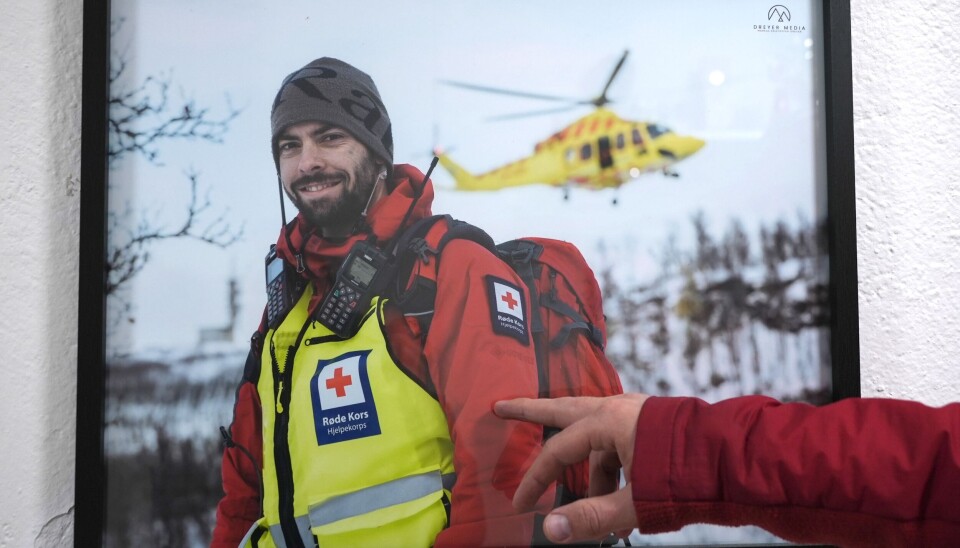
Simon and his team are a group of volunteers who carry out search and rescue operations in the mountains in and around Tromsø. Of the about 30 rescues they carry out each year, about six involve Sherpatrappa.

The main danger of the mountain, which Simon from the Red Cross points out, is that instead of using the stairs, they try to go down by sledging along the sides of the stairs:
"They get a lot more speed than they expected, and meanwhile, you have these trees all around the slope, so people slide into the woods and get injured."
Chris and Michelle, whom the Barents Observer met on the Sherpatrappa, went down with spikes on their shoes.
"We made it to the top!" Michelle exclaimed.

"Before the hike, we read reviews of Sherptrappa on Google and other people's blogs," Chris from the UK said as he descended. "They warned that we shouldn't visit this place if we don't have spikes”.
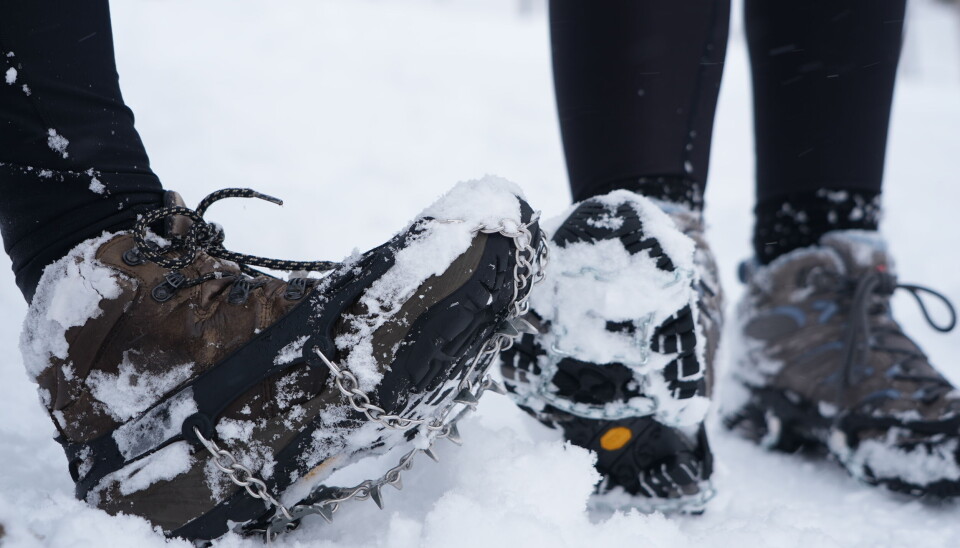
Signs at the start of the walk warn visitors to wear suitable footwear, but such a warning may be too late once you are already there. While Joonell and Wilson from Malaysia made the right decision to turn back because they were not wearing the right shoes, other tourists sometimes continue on without the right equipment:
"The cases we deal with at Sherpatrappa are mainly hypothermia because people are wet, they are cold, they are tired, and they are freezing," Simon from the Red Cross said. "Also, cases of head and leg injuries occur because people hit the trees at high speed, and they get broken bones.”

Simon points out that, on the one hand, the council and volunteers are discussing the possibility of installing something for people to hold on to, but there is also the question of who would be responsible for maintaining the equipment to ensure it is safe to use.
While it only takes a few minutes for the Red Cross to arrive at Sherpatrappa to provide assistance, it is more difficult to rescue people from avalanches - 100,000 happen in the whole of Norway every year and take many lives.
As the number of tourists attracted by the Northern Lights, great hiking routes, and many other Arctic adventures in the north continues to grow, Tromsø will have to adapt and keep building better infrastructure for the tourism industry.
